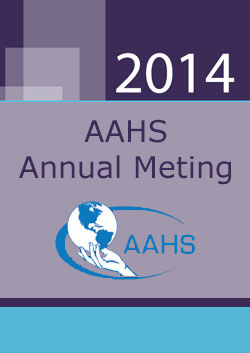
AAOS: Repeat skin antisepsis reduces incidence of surgical site infections after TJA

AAOS: Repeat skin antisepsis reduces incidence of surgical site infections after TJA
Prospective, Randomized, Blinded Study to Evaluate Two Surgical Skin Preparations in Reducing SSI after TJA
Did you know you're eligible to earn 0.5 CME credits for reading this report? Click Here
CONFERENCE ACE REPORTS
This ACE Report is a summary of a conference presentation or abstract. The information provided has limited the ability to provide an accurate assessment of the risk of bias or the overall quality. Please interpret the results with caution as trials may be in progress and select results may have been presented.
Synopsis
581 patients undergoing total joint arthroplasty (TJA) were randomized to receive standard or repeat preoperative skin antisepsis, to determine if repeat skin antisepsis is a beneficial addition to standard skin preparation. Results indicated that repeat skin antisepsis before incise draping significantly reduced surgical site infections compared to standard antisepsis. There was no significant difference in skin blistering between groups.
Why was this study needed now?
Surgical site infection (SSI) can be a devastating complication associated with total joint arthroplasty. This study tested whether or not a repeat skin antisepsis prior to the application of the incise drape reduced the incidence of SSI in patients who underwent total joint arthroplasty.
What was the principal research question?
Does repeat pre-operative skin antisepsis reduce the rate of surgical site infections following total joint arthroplasty?
What were the important findings?
- Incidence of SSI was significantly reduced in the repeat antisepsis group (0/284 were infected) compared to the control group (6/297 were infected) (p<0.0307).
- Skin blistering was lower, but not significantly lower, in the repeat antisepsis group (10/284 (3.52%)) compared to the control group (18/289 (6.23%)) within six weeks postoperatively (p=0.1745).
What should I remember most?
Repeat skin antisepsis after surgical draping and before incise draping significantly reduced surgical site infection for patients undergoing total joint arthroplasty. Skin blistering did not differ significantly between groups.
How will this affect the care of my patients?
Based on the results of this study, it appears repeat skin antisepsis is a beneficial addition to standard skin preparation for patients undergoing total joint arthroplasty. Precautions must be taken due to the flammable nature of all skin preparations using alcohol.
Learn about our AI Driven
High Impact Search Feature
Our AI driven High Impact metric calculates the impact an article will have by considering both the publishing journal and the content of the article itself. Built using the latest advances in natural language processing, OE High Impact predicts an article’s future number of citations better than impact factor alone.
Continue



 LOGIN
LOGIN

Join the Conversation
Please Login or Join to leave comments.